Are we alone in the universe? This age-old question has driven scientists to scour the cosmos for signs of life. Recent discoveries and bold missions have revealed that our solar system is far more diverse—and potentially more habitable—than we once imagined. From icy moons with hidden oceans to clouds rich in organic compounds, the hunt for extraterrestrial life has expanded well beyond Earth’s boundaries. With each new mission, we uncover more clues that suggest life could find a foothold in the most unexpected places.
1. Mars
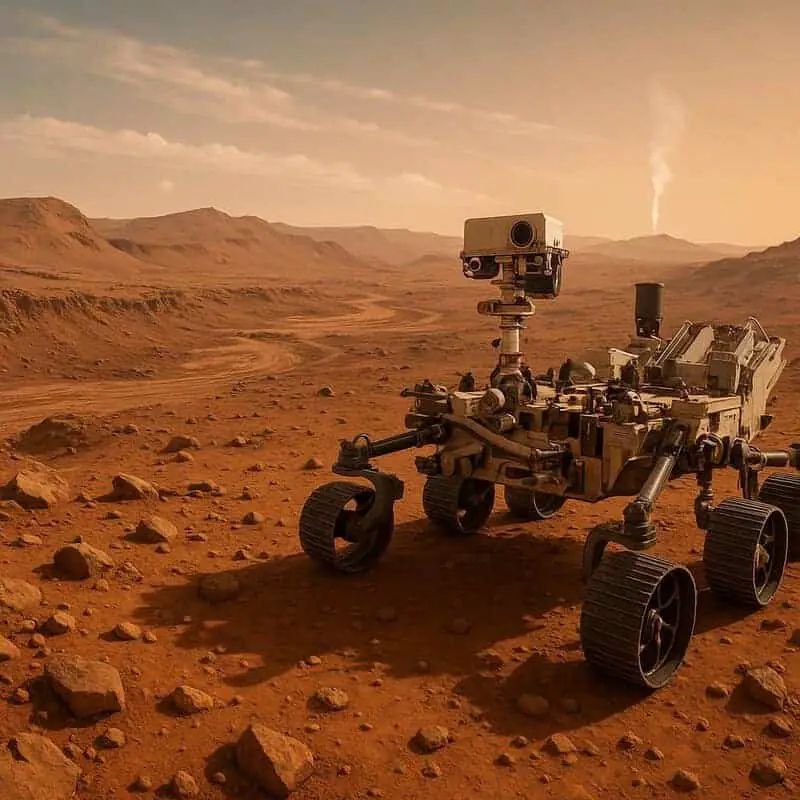
Mars has long fascinated scientists as a potential haven for microbial life. Signs of ancient riverbeds and polar ice caps hint at a watery past, while recurring seasonal methane plumes spark curiosity about active processes beneath its surface. Recent explorations—most notably by NASA’s Perseverance Rover—are dedicated to detecting biosignatures and organic molecules. These ongoing efforts keep Mars at the forefront of our search for life beyond Earth, fueling hope that something may yet be discovered beneath its rusty terrain.
2. Europa
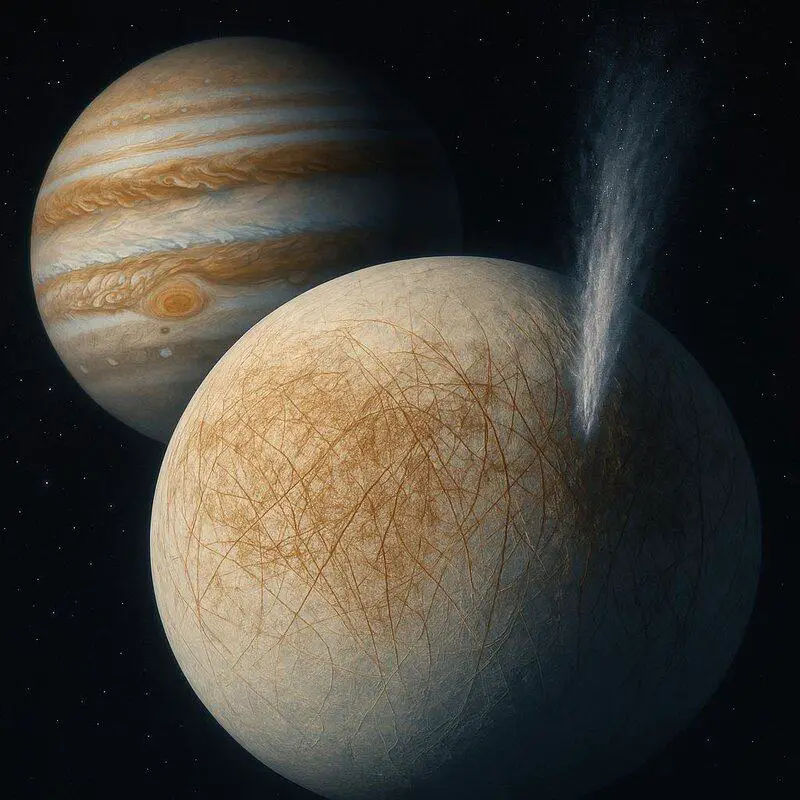
Jupiter’s moon Europa is one of the most promising places to search for alien life. Its thick, icy crust hides a global, salty ocean that may contain more water than all of Earth’s seas combined. Tidal forces from Jupiter’s gravity generate enough heat to keep this ocean liquid, potentially creating an environment where life could thrive. Scientists have even detected plumes of water vapor erupting into space, hinting at a dynamic exchange between the surface and subsurface ocean. Read about Europa’s potential.
3. Enceladus
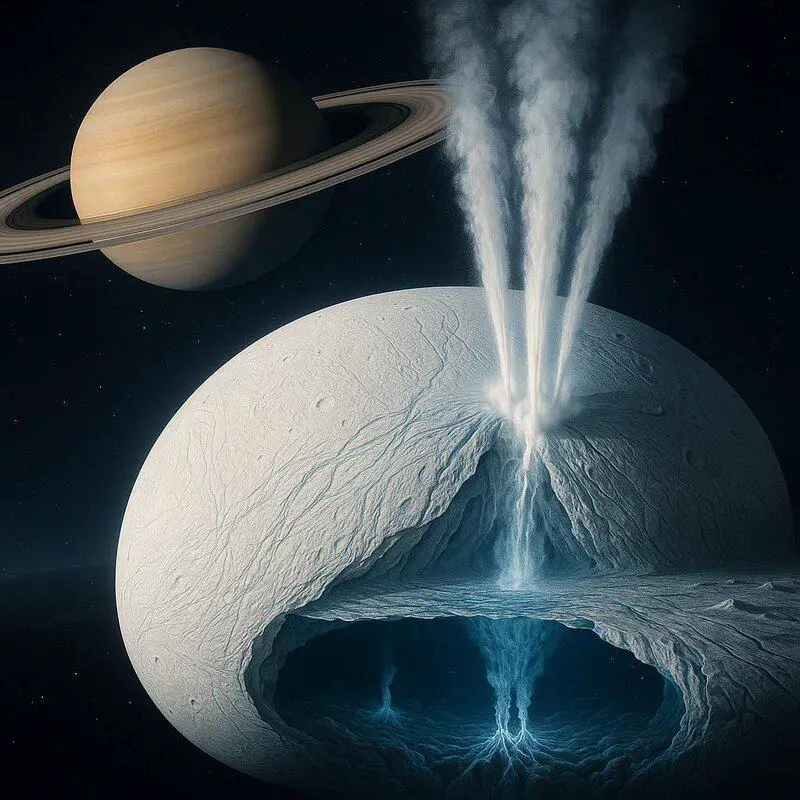
Saturn’s moon Enceladus is a small world with big surprises. Spectacular geysers near its south pole shoot water vapor and organic molecules into space, offering direct evidence of a hidden subsurface ocean. Data from the Cassini spacecraft revealed signs of hydrothermal activity on the ocean floor, reminiscent of Earth’s deep-sea vents—prime spots for microbial life here at home. These discoveries make Enceladus a standout target in the search for life, as its dynamic, watery environment could harbor living organisms. More on Enceladus
4. Titan
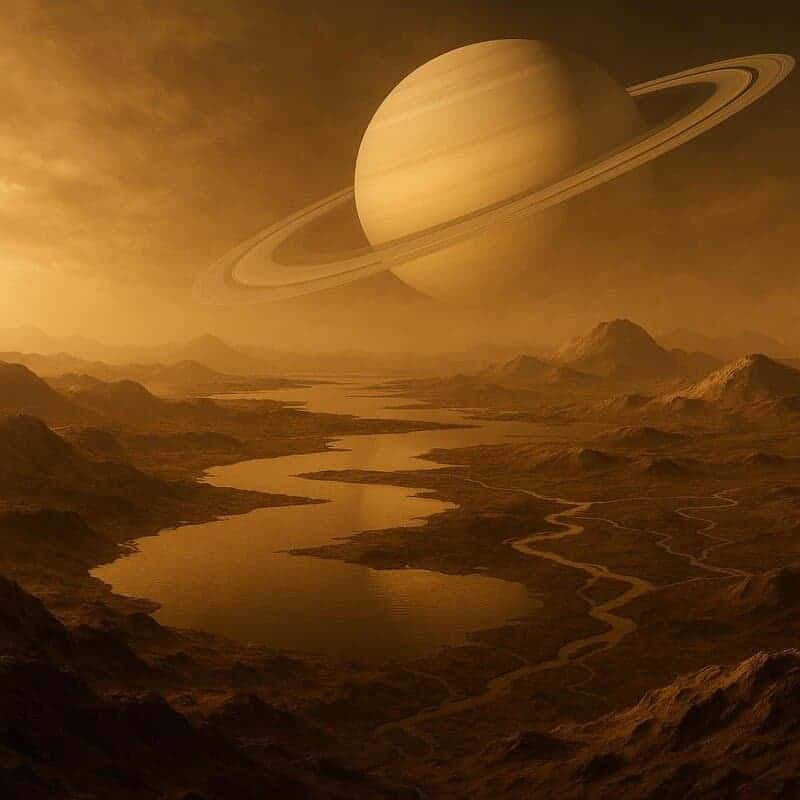
Saturn’s largest moon, Titan, stands out for its alien yet fascinating landscape. Vast lakes and rivers of liquid methane and ethane carve the surface, while a dense, nitrogen-rich atmosphere shields the world below. Beneath its icy crust, scientists suspect there may be a hidden ocean of water, raising the possibility of exotic life thriving in both its hydrocarbon-rich surface and watery depths. Titan’s unique chemistry and complex weather make it a prime candidate for life unlike anything on Earth. Discover Titan
5. Ganymede

Ganymede, Jupiter’s largest moon and the biggest in the solar system, is a world of intriguing possibilities. Not only does it boast its own magnetic field, but strong evidence points to a vast saltwater ocean hidden beneath its frozen exterior. Ganymede’s layered structure and complex geology suggest that it could harbor life-supporting environments within its depths. These features make it a compelling location in the ongoing search for extraterrestrial life. About Ganymede
6. Callisto
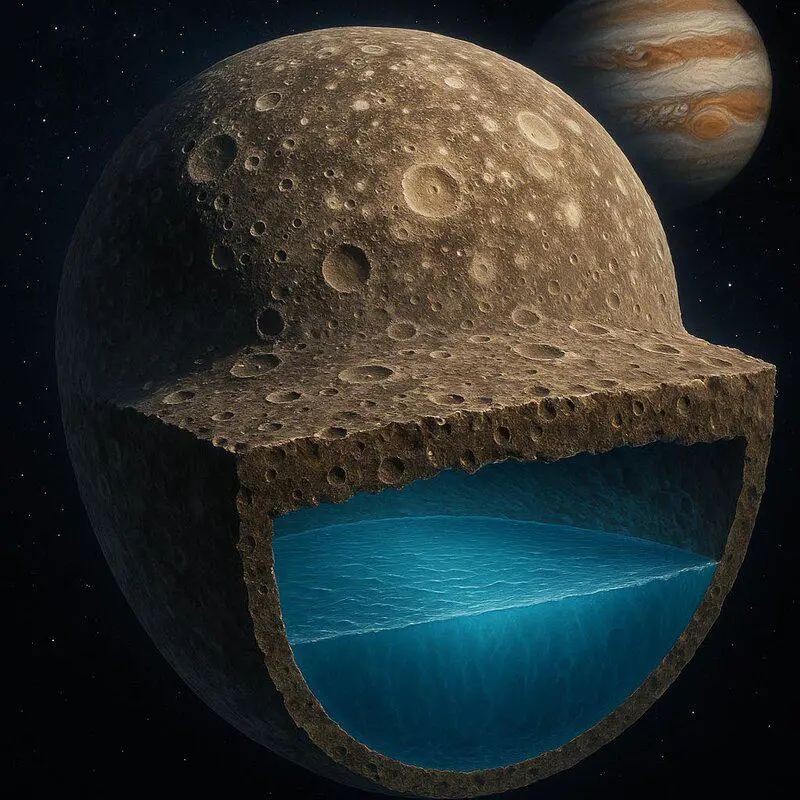
Jupiter’s moon Callisto may seem quiet, but it holds intriguing secrets beneath its battered surface. Scientists suspect a subsurface ocean lies hidden under its thick, cratered ice, offering a possible refuge for life. The outer shell could protect any potential organisms from Jupiter’s intense radiation, while the moon’s relative geological stability could support hardy extremophiles. Callisto remains a fascinating candidate in the solar system’s quest for habitable environments. More on Callisto
7. Ceres
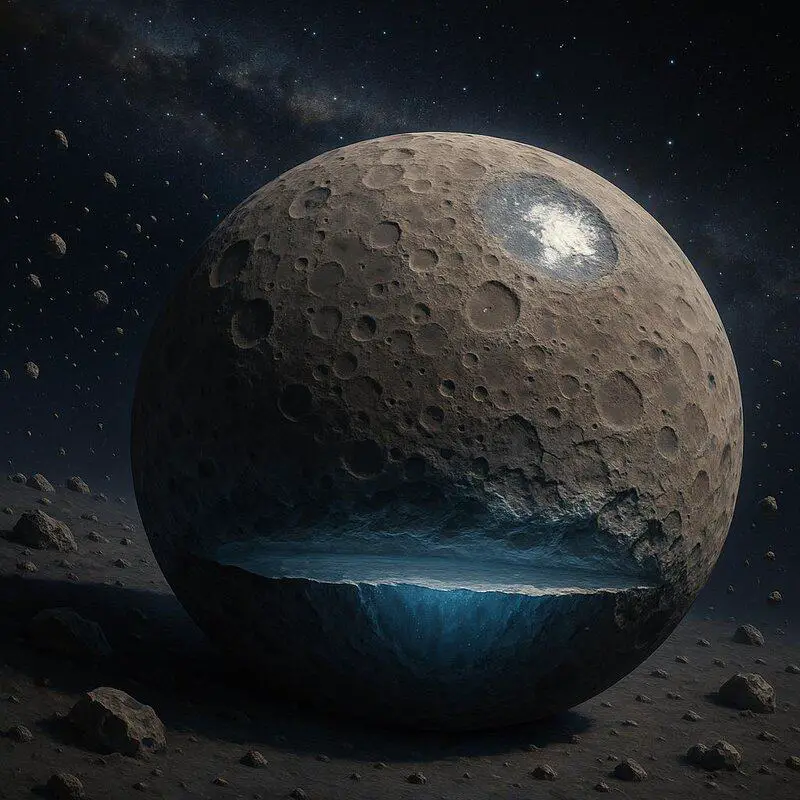
Nestled within the asteroid belt, Ceres is a dwarf planet with surprising potential for life. Scientists have discovered water ice on its surface and believe that a briny subsurface ocean may exist deep below. Even more intriguing, organic compounds—essential building blocks for life—have been detected by NASA’s Dawn mission. These findings suggest that Ceres could offer habitats where microbial life might survive, making it an exciting focus for future exploration. Ceres exploration
8. Venus’ Upper Atmosphere

While Venus’ surface is notoriously inhospitable, its upper atmosphere presents a different story. At certain altitudes, temperatures and pressures become far more Earth-like, creating a zone where microbial life might survive amid the acidic clouds. Recently, the detection of phosphine gas—a potential biosignature—has reignited curiosity about the possibility of life floating high above Venus’ scorching ground. This surprising discovery has prompted new calls for missions to further investigate Venus’ mysterious cloud layers. Venus atmosphere study
9. Triton

Neptune’s largest moon, Triton, is an enigmatic world with a thin nitrogen atmosphere and strikingly active geysers that erupt from its icy surface. Scientists suspect Triton may hide a subsurface ocean, kept liquid by heat from gravitational interactions—a result of its captured status in Neptune’s orbit. This tidal heating, combined with possible internal chemistry, offers tantalizing conditions that could support life deep beneath its frozen crust. Learn about Triton
10. Pluto

Though far from the Sun and extremely cold, Pluto reveals an unexpectedly dynamic world. The New Horizons mission uncovered evidence of ongoing geological activity—such as glaciers and cryovolcanoes—and hinted at the possibility of subsurface liquid water. Even more compelling, complex organic molecules have been found on Pluto’s surface, suggesting that the basic ingredients for life are present, even in the outer reaches of our solar system. Pluto’s secrets
11. Mimas
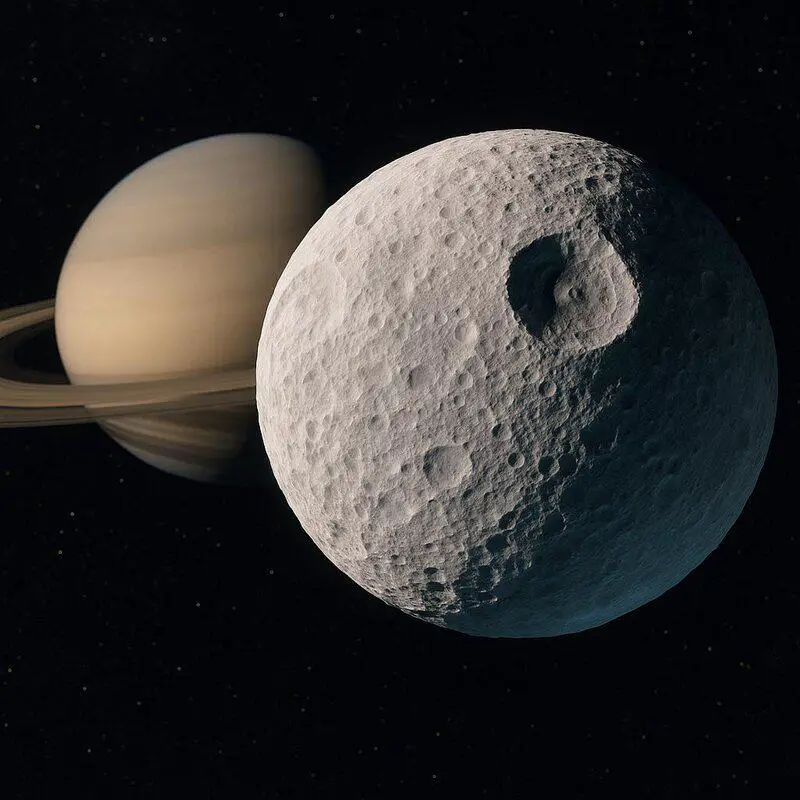
Often overshadowed by its larger neighbors, Saturn’s moon Mimas has recently drawn attention for its possible subsurface ocean. Observations of its orbital wobbles hint at liquid water hidden beneath its icy exterior. If confirmed, this ocean could harbor environments where extremophiles thrive, turning an unassuming world into a potential cradle for life. Read more
12. Earth’s Subsurface
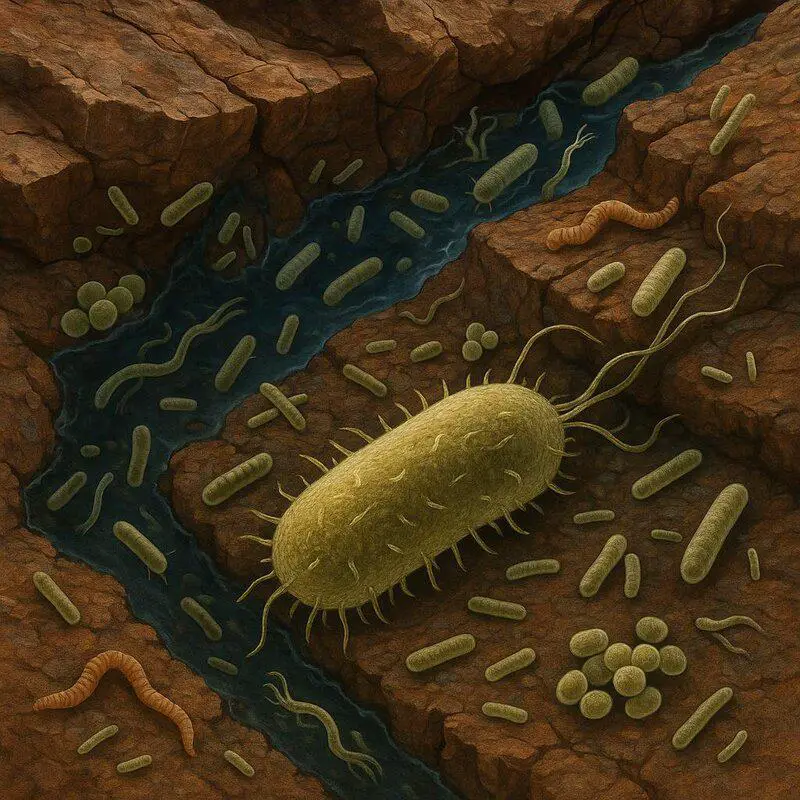
Beneath our feet, Earth’s deep subsurface teems with life. Extremophiles thrive kilometers underground, relying on chemical energy instead of sunlight to survive. These remarkable organisms stretch our understanding of life’s limits and inspire scientists to search for similar deep-biosphere communities on other worlds, where sunlight never reaches. Deep biosphere life
13. Io

Jupiter’s Io is the most volcanically active world in the solar system, boasting dramatic sulfur plumes and vast lava lakes. Its surface is harsh and fiery, but some scientists speculate about the existence of a subsurface layer where water might persist. If such a region exists, it could potentially offer refuge for unique life forms adapted to Io’s extreme conditions. Explore Io
14. Comet Nuclei
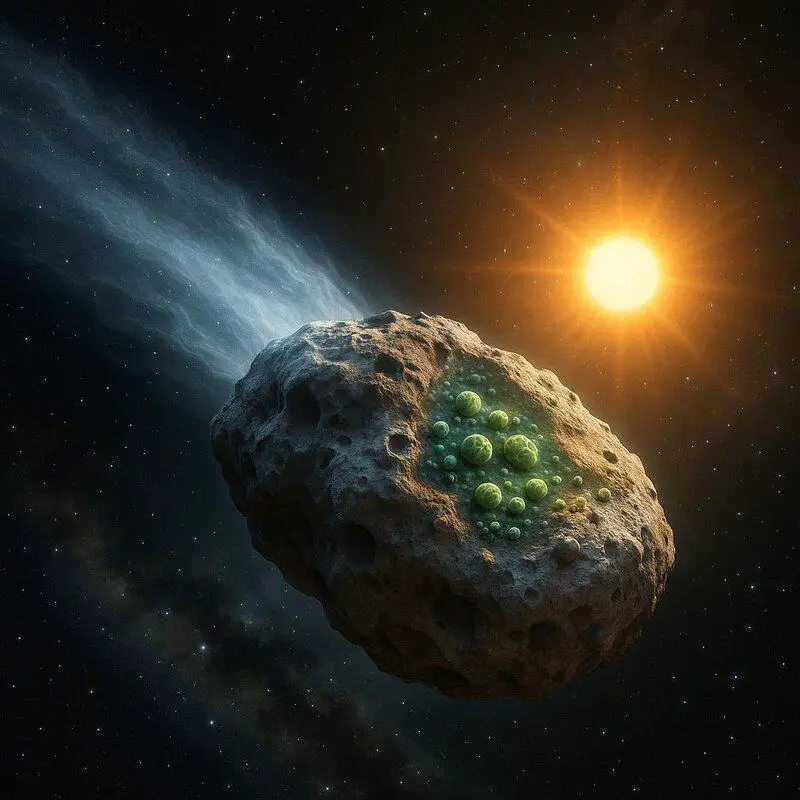
Comet nuclei are icy, rocky objects that often contain abundant organic compounds and water ice. As they approach the Sun, they’re exposed to intense radiation and heat, potentially creating environments where simple life could emerge. Some scientists propose that comets might even serve as cosmic vehicles, carrying primitive organisms or the building blocks of life between planets. Comets and organics
15. Asteroids (e.g., Bennu, Ryugu)

Some carbon-rich asteroids, such as Bennu and Ryugu, are treasure troves of amino acids and water-bearing minerals. These ancient bodies may provide short-lived habitats for microbes when warmed by the Sun or after impacts. Their ability to deliver organic compounds to young planets highlights their potential role in spreading the ingredients for life throughout the solar system. Asteroids and organics
Conclusion
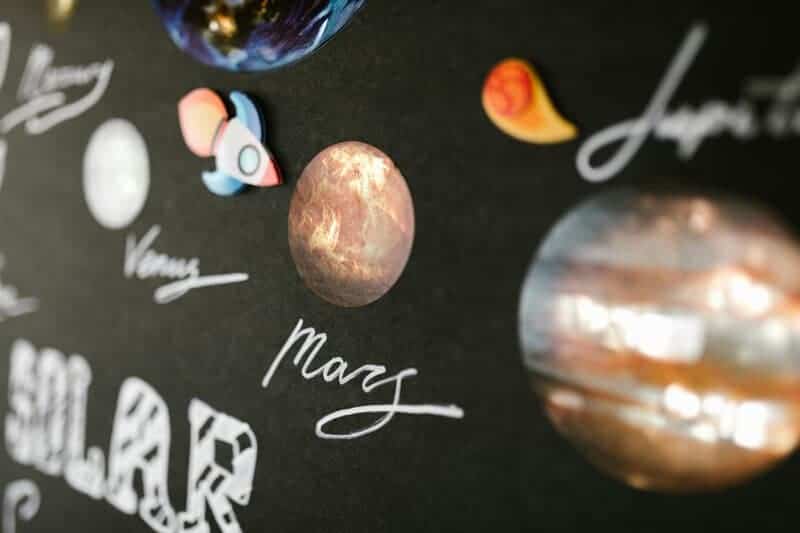
The solar system is far more diverse and dynamic than we ever imagined, offering an array of environments where life could exist—from subsurface oceans on distant moons to the clouds of Venus and even the icy cores of comets and asteroids.Our search for extraterrestrial life continues to inspire new missions and bold discoveries, pushing the boundaries of science and imagination. Each new finding brings us closer to answering one of humanity’s oldest questions: Are we truly alone? Let’s keep exploring, for the next breakthrough may be just around the corner.
.article-content-img img { width: 100% }

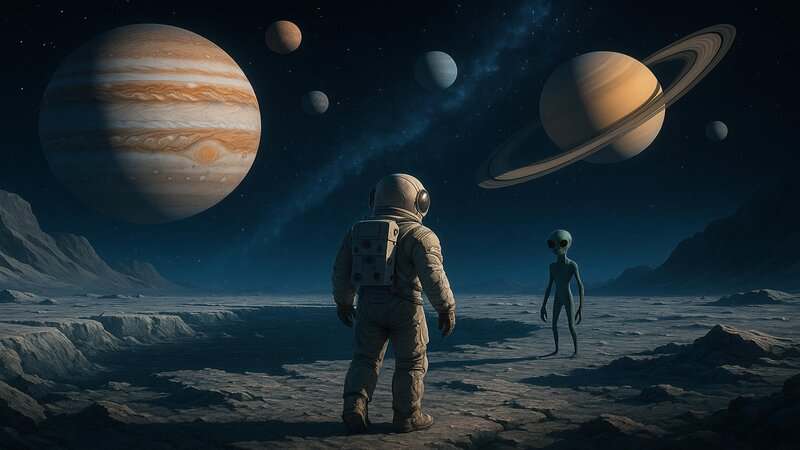

Vielleicht interessiert es Sie:
Wussten Sie! Minensuchratten auf dem Schlachtfeld und sie sind super effektiv!
Wie viele Giraffenarten gibt es? Leben sie alle in Afrika?
Der Vogel ist das Weibchen der Vögel: wahr oder falsch?
Warum bauen Biber Dämme? Welchen Nutzen?
Warum leben manche Tiere nachtaktiv? Welche Vorteile?
Küssen Tiere? Ist das die gleiche Bedeutung wie Menschen?
200+ Hilarious Seahorse Jokes That Will Make You Smile and Giggle
200+ Funny Investment Jokes to Boost Your Financial Humor Game